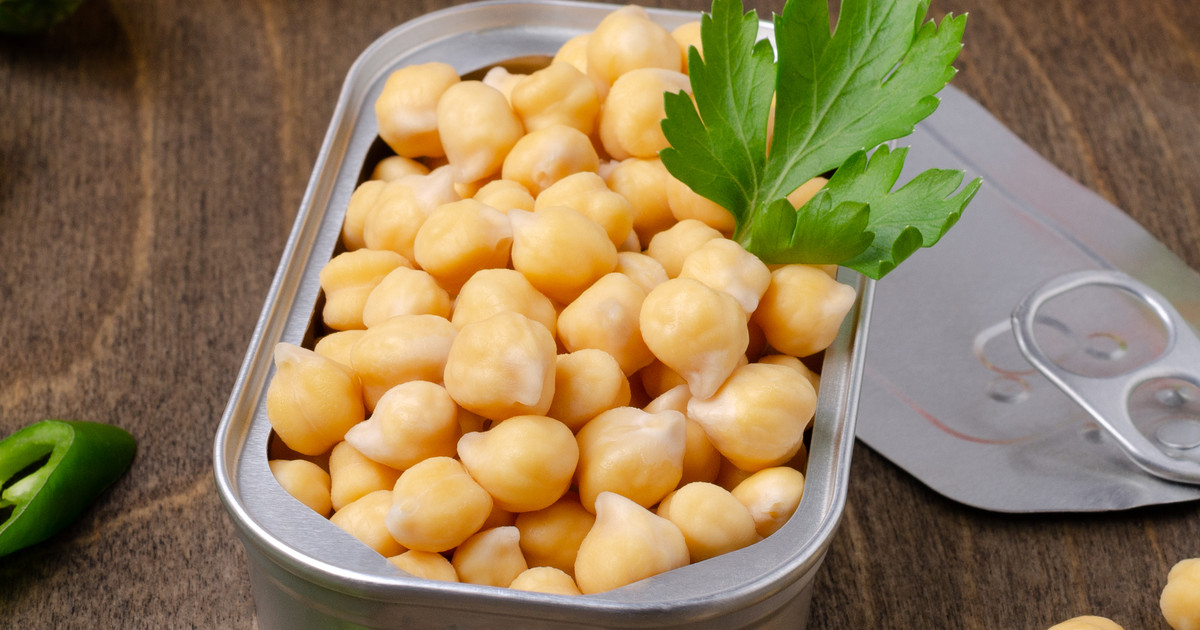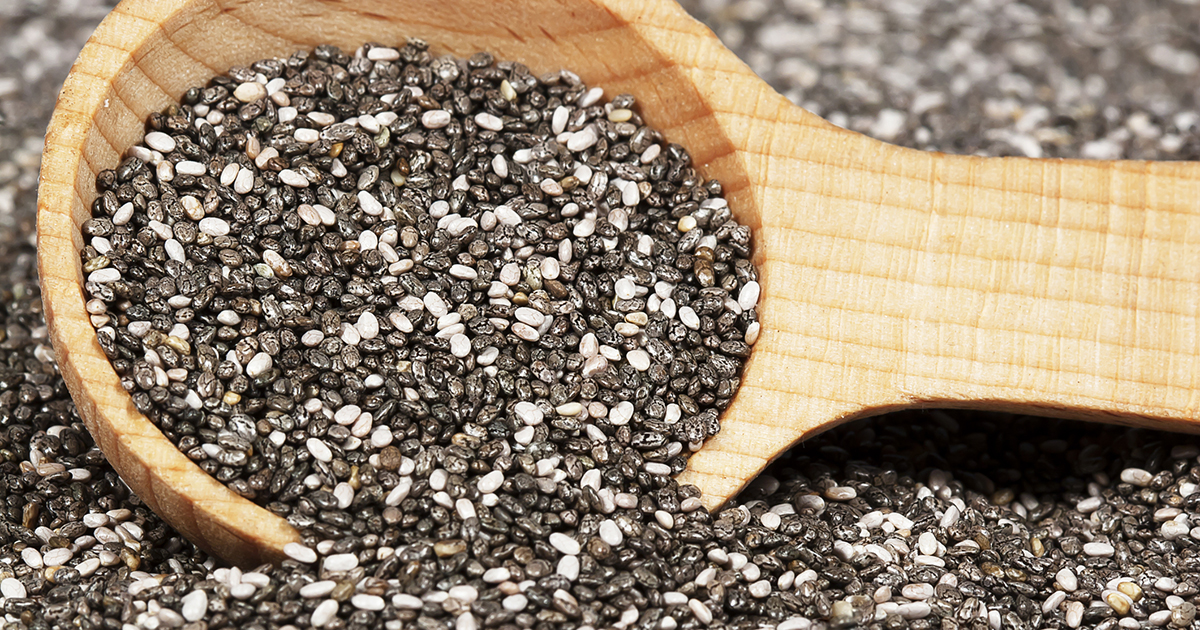Guide To High-Fiber Foods And Recipes For Irritable Bowel Syndrome
Irritable bowel syndrome is a common chronic gastrointestinal condition. The most common symptoms of this condition are abdominal pain, constipation, diarrhea, bloating, mucus in the stool, and excess gas. Some of the symptoms are relieved with bowel movements. This condition means that patients have bowels that do not function correctly. It is common for certain foods to trigger this condition. Stress can also exacerbate it.
Irritable bowel syndrome treatment is essential. Most patients will take fiber supplements to improve their symptoms. Laxatives for irritable bowel syndrome are also used. Of course, some patients require medications for irritable bowel syndrome. This can include anti-diarrheal medication, tricyclic antidepressants, and anticholinergic medication. Many individuals need pain medications for IBS. However, natural remedies for irritable bowel syndrome are equally important. One example is following an irritable bowel syndrome diet, which should consist of many high-fiber foods.
Canned Lentils And Chickpeas

Canned lentils and chickpeas are good options when individuals with irritable bowel syndrome want to incorporate high-fiber foods into their diet. One starting point for an irritable bowel syndrome diet is to look for low-FODMAP foods. These foods have low levels of materials that the intestines struggle to break down. As a general rule, legumes are high-FODMAP foods, so they are not a staple of the average irritable bowel syndrome diet. However, when lentils are canned, they become a low-FODMAP food.
Patients who are following a low-FODMAP diet can have up to a half cup of canned lentils and a quarter cup of canned chickpeas daily. The trick is in the water solubility of FODMAP components. When these foods are canned, the FODMAP materials move into the liquid. The food is rinsed with water before consumption, which washes away most of the FODMAP content. If patients with irritable bowel syndrome want legumes, the canned varieties are the safest option. One great recipe to start with is to roast canned chickpeas with some salt and extra-virgin olive oil at 400 degrees Fahrenheit for twenty to thirty minutes.
Continue reading to learn about more high-fiber foods and recipes for irritable bowel syndrome now.
Chia Seeds

There are many different seeds that individuals with irritable bowel syndrome may add to their diet to get more fiber. However, chia seeds are some of the most highly recommended. They have qualities that make them ideal for irritable bowel syndrome patients. Chia seeds are good at regulating bowel movements in patients who suffer from frequent constipation. They are also rich in omega-3 fatty acids. Rather than being used as a snack, chia seeds are usually an ingredient in more complicated dishes. Individuals may sprinkle the seeds on top of a dish. They can also add chia seeds to homemade smoothies.
Chia seeds are packed with other nutrients as well, including protein, calcium, magnesium, manganese, and phosphorus. They are one of the best sources in the world for absorbing these vital nutrients. Almost all of the carbohydrates in a serving of chia seeds are made up of fibrous material. Thus, they are suitable for individuals who want to pursue a low-carbohydrate irritable bowel syndrome diet. An excellent starting recipe is a chia seed pudding made with only three ingredients: chia seeds, honey, and almond milk. Patients need two tablespoons of chia seeds, half a cup of almond milk, and one teaspoon of honey for each serving of this pudding.
Get more information on high-fiber foods for individuals with irritable bowel syndrome now.
